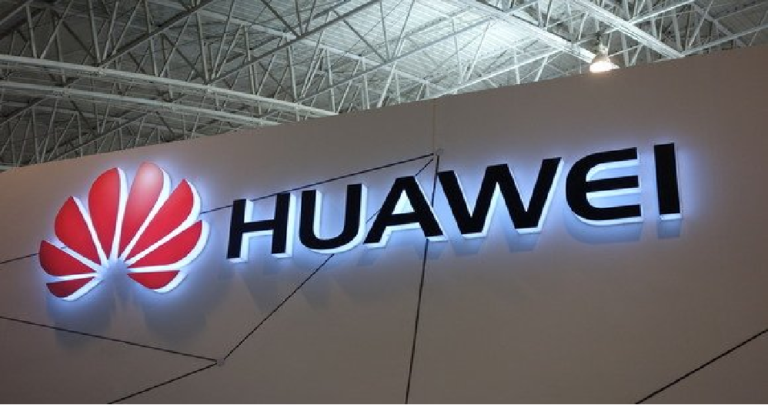
On Tuesday, US chipmaker Qualcomm announced new products for future generation devices that include 5G enabled smartphones in a virtual event. The flagship offering for next-generation smartphones called Snapdragon 888 chip was just the news smartphone makers want to hear as the world gears up for the fifth generation internet.
Qualcomm is a leading supplier in the semiconductor industry who has a list of giant smartphone makers, including Apple, Samsung Electronics and leading Chinese companies such as Huawei Technologies, Oppo and Xiaomi in its supply chain.
The launch of Snapdragon 888 triggered excitement among Chinese smartphone makers. SCMP reported that senior executives at Xiaomi, Oppo, Vivo and Realme said via video played at the virtual event that they would soon launch smartphone products featuring the Snapdragon 888.
Register for Tekedia Mini-MBA edition 17 (June 9 – Sept 6, 2025) today for early bird discounts. Do annual for access to Blucera.com.
Tekedia AI in Business Masterclass opens registrations.
Join Tekedia Capital Syndicate and co-invest in great global startups.
Register to become a better CEO or Director with Tekedia CEO & Director Program.
“I’m glad that our new flagship smartphone Mi 11 will be one of the first devices with the Snapdragon 888,” Xiaomi founder and CEO Lei Jun said.
Notably, Huawei was not among the vendors celebrating the launch of the new chip for obvious reason. In May 2020, the US Bureau of Industry and Security (BIS) amended the longstanding foreign-produced direct product (FDP) rule to target Huawei’s acquisition of semiconductors that are the direct product of certain U.S. software and technology.
In August, BIS amended and added another 38 Huawei affiliates to the Entity List, which imposes a license requirement for all items subject to the Export Administration Regulations (EAR) and modified four existing Huawei Entity List entries.
BIS also imposed license requirements on any transaction involving items subject to Commerce export control jurisdiction where a party on the Entity List is involved, such as when Huawei (or other Entity List entities) acts as a purchaser, intermediate, or end user.
The sanctions prevent Huawei’s attempts to circumvent U.S. export controls to obtain electronic components developed or produced using U.S. technology.
Based on the sanctions, US companies such as Qualcomm will need license from the EAR to sell chips to Huawei. Although Qualcomm said it has secured license to sell a number of products to Huawei, including some 4G products, it did not say if it was granted the unlikely license to sell 5G chips to the embattled Chinese company.
Huawei has been banned by the US government based on concerns that the telecom vendor would use 5G technology to harvest data for the Chinese government. The situation makes it unlikely that EAR will renege on its objective to allow Qualcomm to supply Huawei with the Snapdragon 888.
Chinese media outlet Paper.cn reported that Qualcomm president Cristiano Amon said at the virtual event that the company expects to work with Honor, the former Huawei sub-brand which was sold to a consortium of over 30 Huawei channel sellers on November 17 – and that cooperation is dependent on “future development.”
While the Chinese telecom giant has a slim chance to partake of the new 5G chip, the flagship offers advantage to other smartphone makers as the number of potential 5G users soar around the world. More than 1 billion people globally are expected to live in an area that will have 5G coverage by the end of year.
Qualcomm said the Snapdragon 888 is designed to power all 5G-connected devices like personal computers and cloud-based artificial intelligence (AI) products, providing users with a more immersive and interactive experience when using gadgets such as mixed reality glasses.
The Snapdragon 888 integrates Qualcomm’s third-generation 5G modern and Snapdragon x6o radio frequency system, and supports major global millimeter wave and sub-6GHz frequency bands, and works with stand-alone (SA) and non-stand alone (NSA) networking modes.
The new chip is also optimized for photography and videos taken by smartphones, enabling users to capture videos at 120 frames per second, with each frame containing up to 12 million pixels.
The new sixth-generation Qualcomm AI engine embedded in the 5G chipset delivers significant improvements in performance and energy efficiency, operating at 26 trillion operations per second compared with previous-generation platforms.
Missing out on the amazing technology of Snapdragon 888, means Huawei will continue to look for alternatives to US-made chips, as it struggles to stay in business amidst the severe impact of US sanctions.



